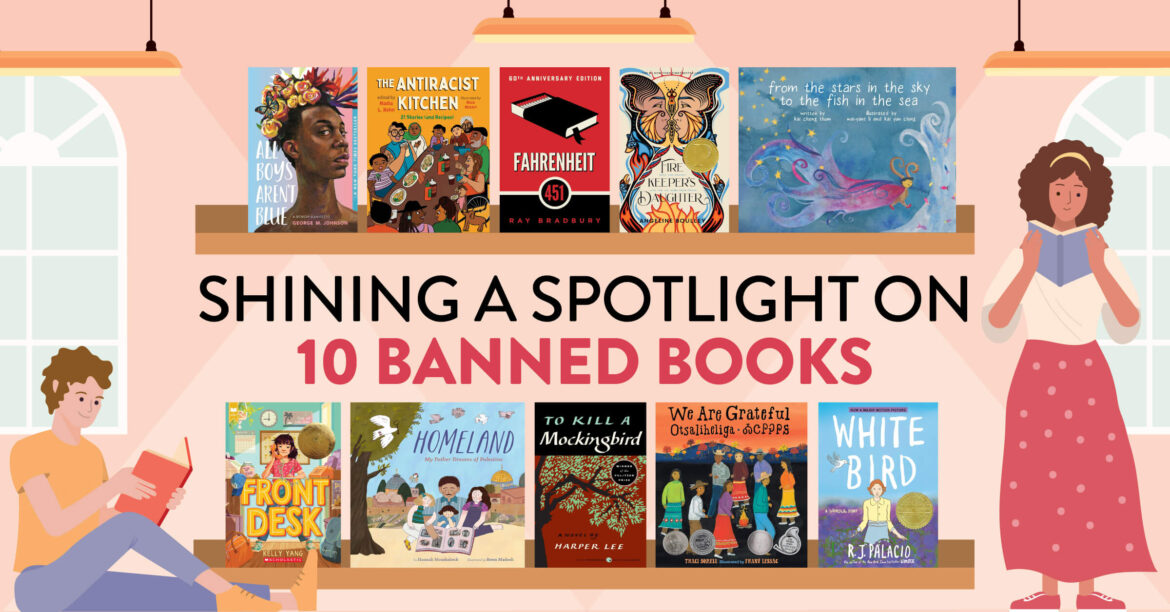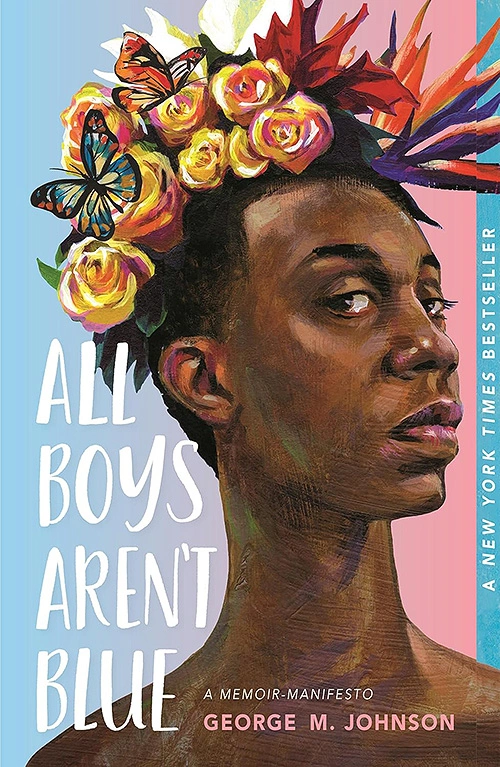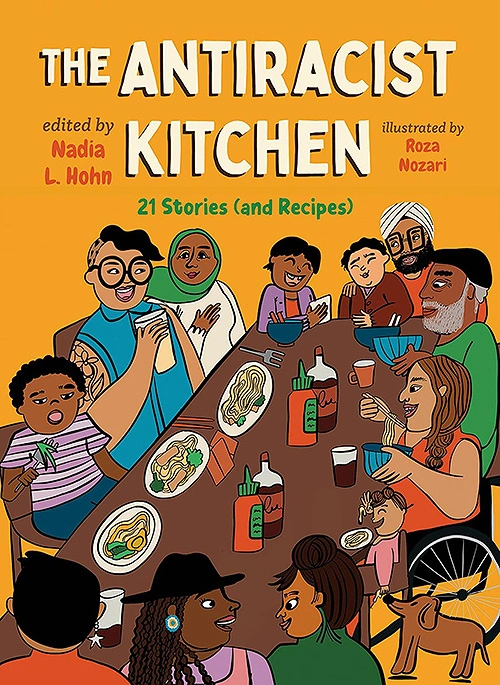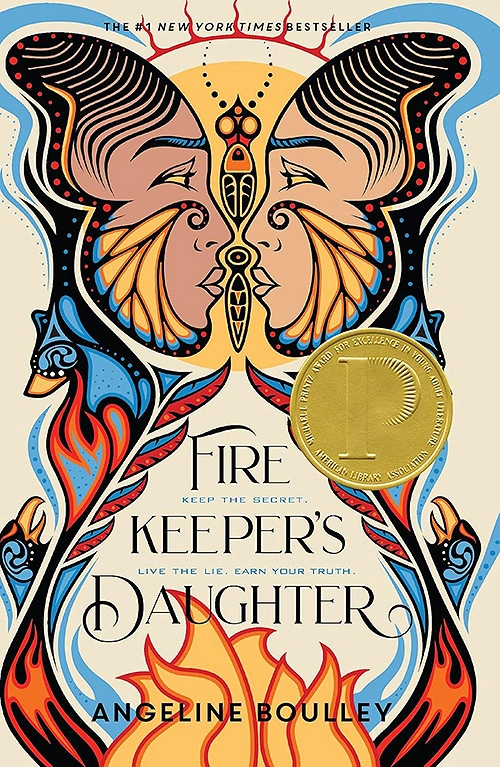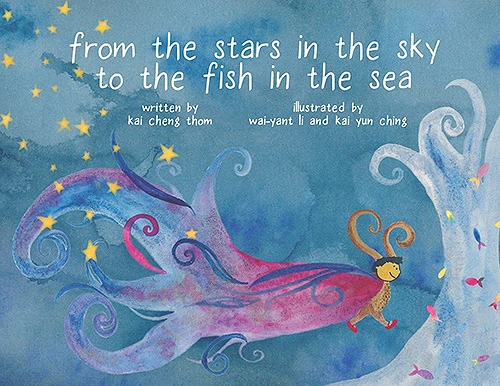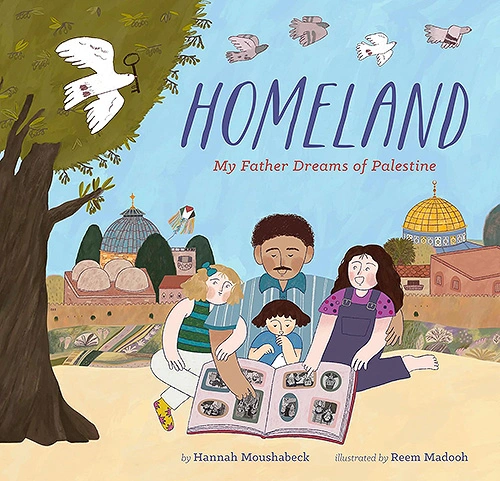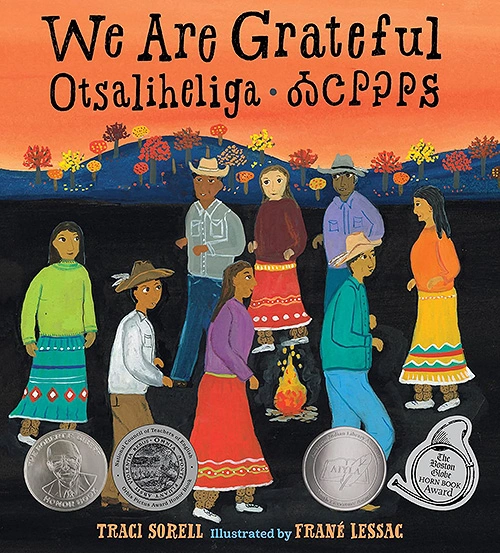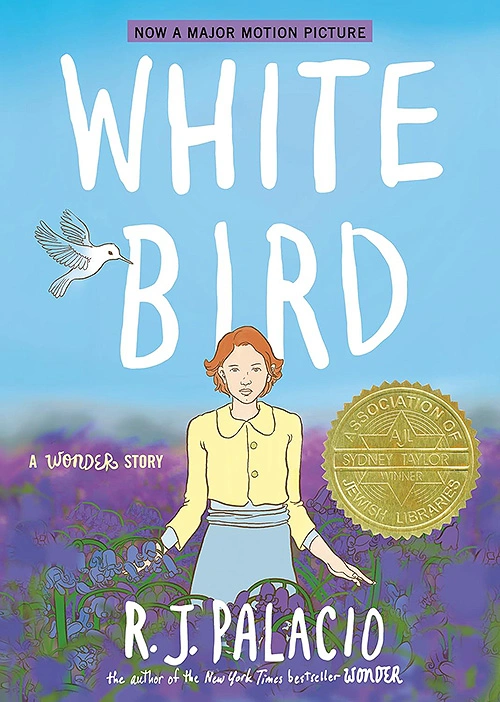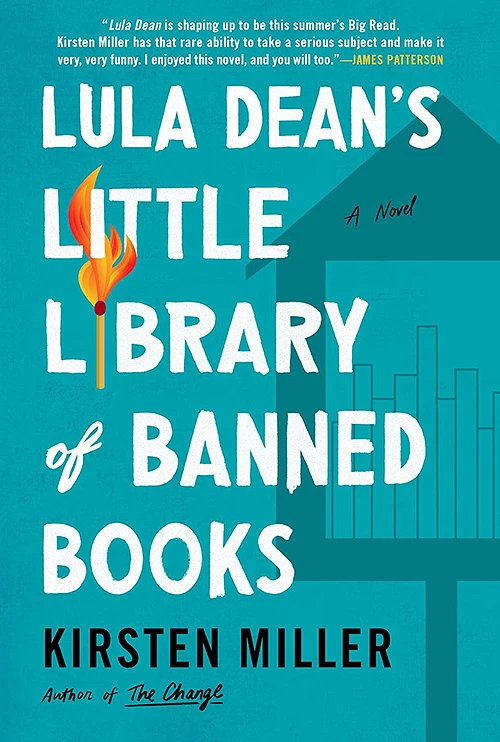Originally published in TEACH Magazine, September/October 2025 Issue
By Kelsey McCallum
Across North America, books are disappearing from shelves in classrooms and libraries. This wave of censorship has increased in frequency over recent years—not just in the United States, but Canada as well, most recently with Alberta’s new school library standards. As groups, government entities, parents, and individuals continue to raise issues about the content of certain books, it’s important to consider the impact this will have on our students.
Frequently, books that address diverse topics, perspectives, and identities are the ones being targeted. Rather than removing or restricting access to this material, however, we should be celebrating these stories. All students have the right to see themselves reflected in the books they read. Not only does this help them feel supported, it also encourages a lifelong love of reading. Plus, having access to a wide range of reading options gives students the opportunity to learn about lives, communities, and cultures other than their own.
Decisions about what books to add or remove from libraries and classrooms should best be left to the educators and librarians who are trained on how to assess and address this material. In a statement from Canadian School Libraries addressing the surge of book bans in Canada, the organization notes:
“School library resources are selected by trained professionals, following established guidelines. Pressure for material inclusion or exclusion from individuals or groups should not be factored into selection, but instead the professional judgement of trained library professionals should be applied, supported by guideline documents that defend universal principles of protecting intellectual freedom.”
With Banned Books Week set to take place from October 5–11 this year in the U.S.—culminating in Let Freedom Read Day on the 11th—we’re taking this opportunity to reflect not only on the books that have been banned, challenged, or quietly removed from shelves, but also on those that never make it there in the first place. Books by Palestinian authors, in particular, are often excluded from mainstream circulation and conversations around censorship. We want to draw attention to the broader issue of whose voices are heard—and whose are systematically left out.
Here we also introduce our new segment: TEACHer’s Corner, where staff and members of the TEACH community can share their own recommendations with fellow educators and book lovers. Keep an eye on our socials, where we’ll let you know about upcoming Bookstuff themes and how you can submit your book picks.
In the meantime, as Banned Books Week approaches, explore the list below—each title a reminder of the power of stories and the voices we must not overlook.
In this captivating coming-of-age memoir, journalist and LGBTQ+ activist George M. Johnson reflects on their life growing up Black and queer in New Jersey and Virginia. Told through a series of personal essays, All Boys Aren’t Blue explores topics of gender identity, brotherhood, marginalization, toxic masculinity, Black joy, and more.
This thoughtful anthology is a celebration of food, family, and diversity. It features 21 stories and accompanying recipes from children’s authors across North America, including Linda Sue Park, Danny Ramadan, Waubgeshig Rice, and many others. Each author recounts personal memories tied to specific meals or dishes, while also looking at the roles that food can play in honouring culture and fighting against discrimination.
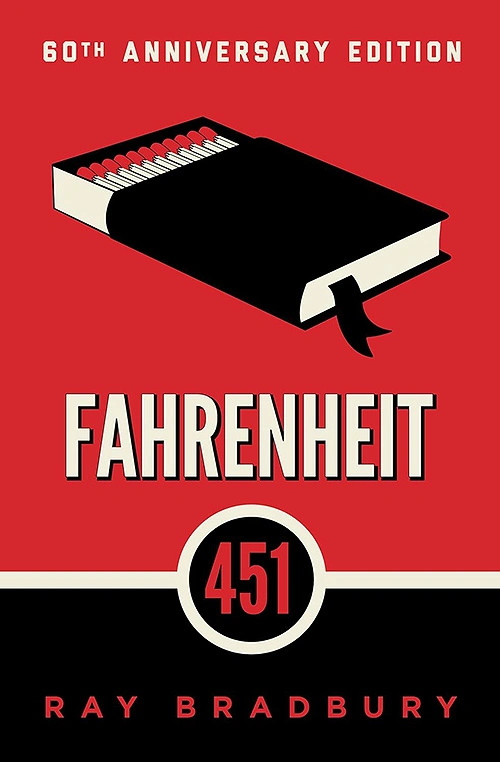
Fahrenheit 451
By Ray Bradbury
Originally published: Ballantine Books (October 1953)
This edition: Simon & Schuster (January 2012)
Grade Level: 7–12
Published over 70 years ago, the message of Fahrenheit 451 is still relevant today—perhaps even more so. Bradbury’s dystopian novel focuses on Guy Montag, a fireman whose job is to burn books. He never questions this until he meets a girl named Clarisse, who opens his eyes to possibilities of a world very different than Guy has ever known. (Note that a teacher’s guide is available.)
Angeline Boulley’s award-winning debut novel tells the story of eighteen-year-old Daunis Fontaine, an Ojibwe teen who has never really fit in—neither in her hometown, nor on the nearby reservation. Then one day, she suddenly finds herself drawn into an FBI investigation, agreeing to go undercover to help track down a new lethal drug plaguing her community. But as Daunis delves deeper, she unearths a web of secrets more deadly than she could have imagined.
This beautifully imagined picture book offers young readers a gentle introduction to concepts of gender, identity, and the importance of accepting each other’s differences. A magical child named Miu Lan is born at a time when both the sun and moon are in the sky. Miu Lan can change their shape into anything they want: a boy, a girl, a fish, a flower. Sometimes Miu Lan can’t decide what they want to be, but they always find comfort in their mother, who offers unwavering love and support.

Front Desk
By Kelly Yang
Arthur A. Levine Books (May 2018)
Grade Level: 3–7
In this award-winning middle-grade novel, ten-year-old Mia Tang grapples with prejudice, poverty, and the weight of many secrets: her own, and those of her parents. Her secret? Mia wants to be a writer, even though her mother thinks she’d be better off sticking to math, since English isn’t her first language. Her parents’ secret? They hide immigrants in the Calivista Motel that they’ve been managing for its owner, Mr. Yao, since their recent move from China to California—and if he finds out, Mia and her family will be in serious trouble. Will Mia be able to help the people she cares about, while still finding the courage to chase after her own dreams?
Homeland is a love letter to Palestine, told through the memories of a father who is unable to return, to his daughters who have never been. Hannah Moushabeck’s autobiographical text celebrates the stories of her family’s homeland and the importance of intergenerational sharing, while Reem Madooh’s heartfelt illustrations perfectly capture the hope and strength of immigrants and refugees in a way that transcends borders. Since the book’s publication, Hannah Moushabeck now runs Interlink Publishing, the only Palestinian-owned publisher in America, with her family.
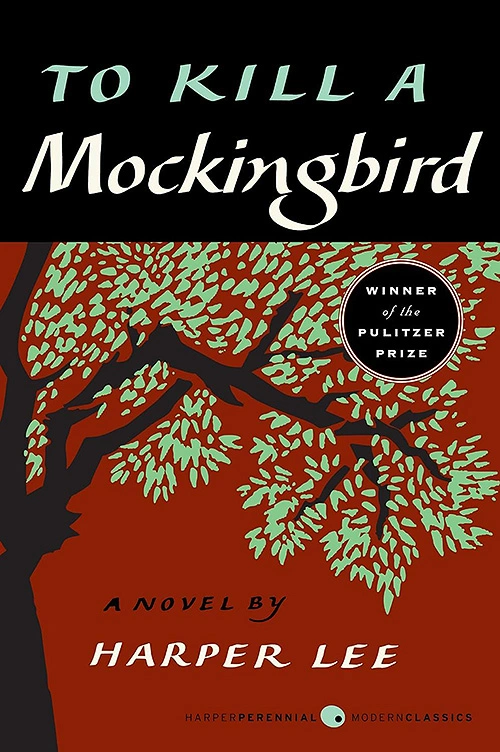
To Kill a Mockingbird
By Harper Lee
Originally published: J. B. Lippincott & Co. (July 1960)
This edition: Harper Perennial Modern Classics (July 2005)
Grade Level: 7–12
Told from the perspective of “Scout” Finch, a young girl living in Alabama during the 1930s, To Kill a Mockingbird is a story of racial injustice, social inequality, the loss of innocence, and the importance of empathy. Over the course of the book, Scout watches as her father, a well-known lawyer in town, defends a Black man who was falsely accused of a terrible crime. Harper Lee’s classic coming-of-age tale has frequently been listed as one of the most influential, enduring, and best-loved novels in the English language. (Note that this edition comes with a teacher’s guide.)
Otsaliheliga is a word used by members of the Cherokee Nation to express gratitude. In this book, young readers will learn about the many blessings and experiences that the Cherokee community celebrates each year, beginning with the new year in the fall and ending the following summer. The book includes a glossary and a complete list of characters used in the Cherokee writing system. Be sure to also check out the teacher’s guide and KidLit TV video, where Traci Sorell speaks about her book and introduces kids to several Cherokee words.
R. J. Palacio is the author of the bestselling book Wonder, a story about a boy with facial differences that inspired the real-life #ChooseKind movement. Set within the Wonder universe, White Bird tells the story of how Sara Blum, a young Jewish girl, survived living in a Nazi-occupied French village during World War II. Palacio was partially inspired by the experiences of her husband’s family, who lost many relatives during the Holocaust, and partially inspired by the rise of discrimination and the systematic separation of families in America following the 2016 election. While the events in this middle-grade graphic novel take place over 80 years ago, their parallels to what’s happening around the world today are striking, making it more important now than ever to share stories like this with students.
TEACHer’s Corner
Censorship is a slippery slope. By allowing it to take root, we open the door to other forms of oppression as well—the consequences of which Kirsten Miller explores through her latest novel. While not strictly a banned book itself, Lula Dean addresses the issue of book banning in an approachable way, injecting wit and humour into the discussion, while still tackling serious topics like abuse, racism, anti-LGBTQ+ rhetoric, and more. Utilizing a delightful cast of characters, Miller demonstrates the immense value that can be found in having access to a rich and diverse collection of stories. Best of all, Lula Dean’s Little Library is an incredibly validating book for anyone who supports the freedom to read.
—Kelsey McCallum, Associate Editor at TEACH Magazine
Her favourite banned books are The Outsiders by S. E. Hinton
and the Heartstopper series by Alice Oseman
Other favourite banned books from the TEACH team:
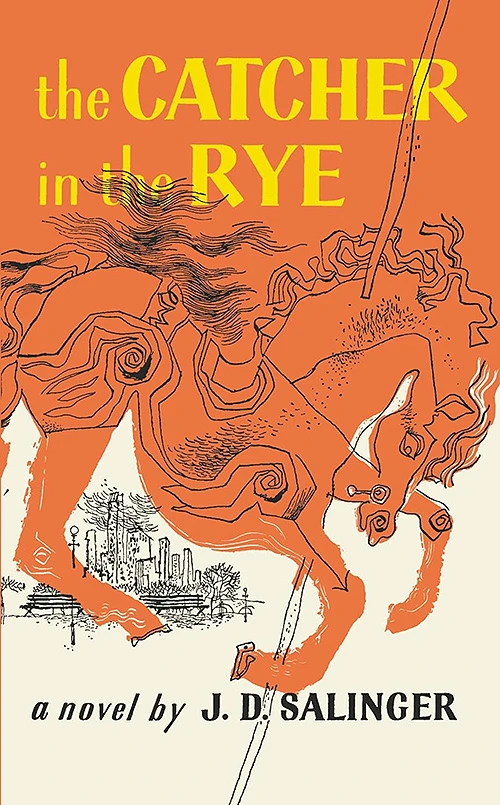
The Catcher in the Rye by J. D. Salinger
—Wili Liberman, Publisher and Editor
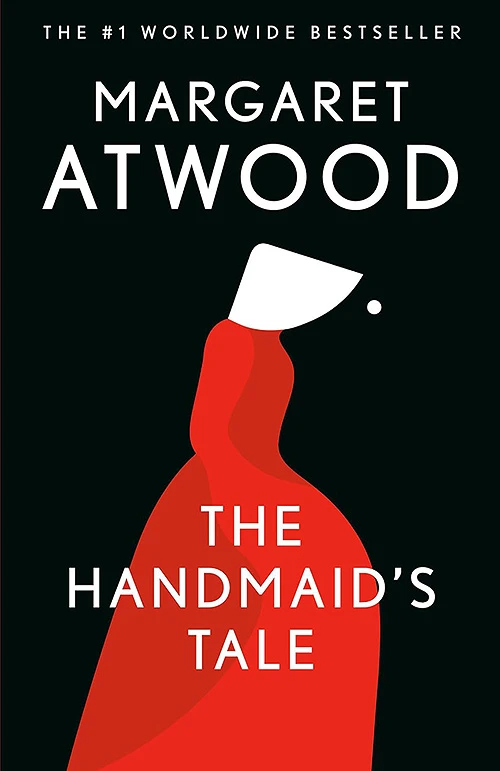
The Handmaid’s Tale by Margaret Atwood
—Lisa Tran, Managing Editor
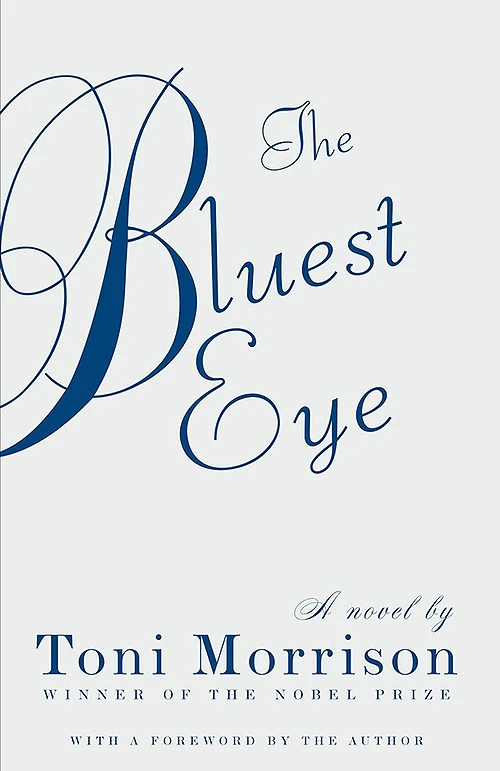
The Bluest Eye by Toni Morrison
—Raenu Sarathy, Associate Editor
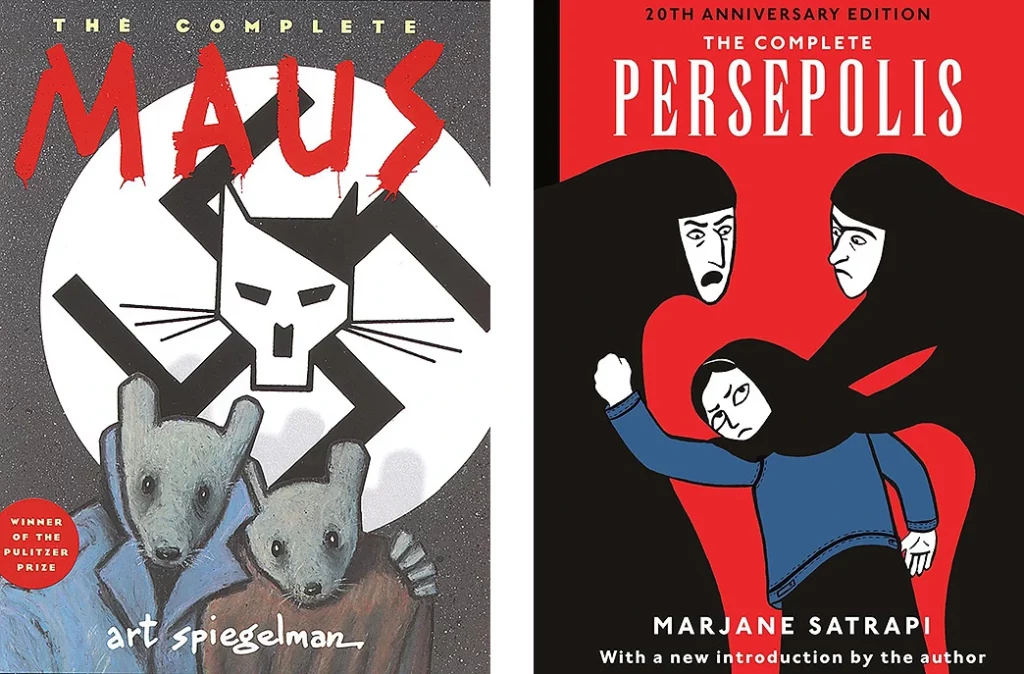
Maus by Art Spiegelman
Persepolis by Marjane Satrapi
—Pauline Lopez, Art Director
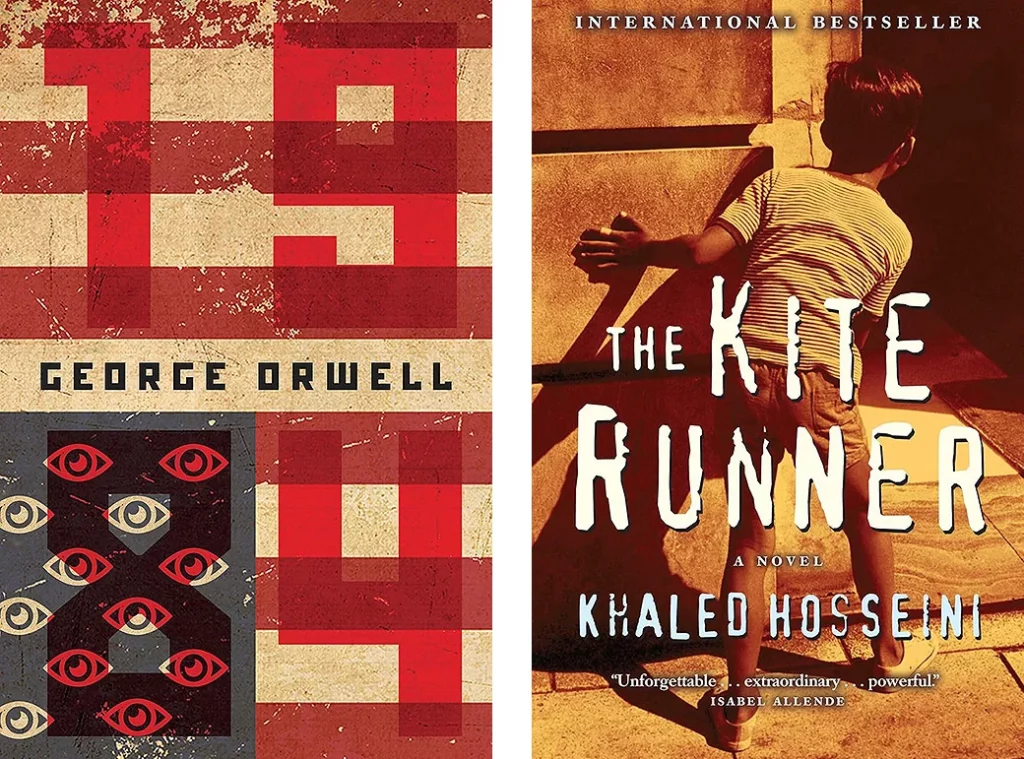
1984 by George Orwell
The Kite Runner by Khaled Hosseini
—Nupur Bagoria, Assistant Editor


